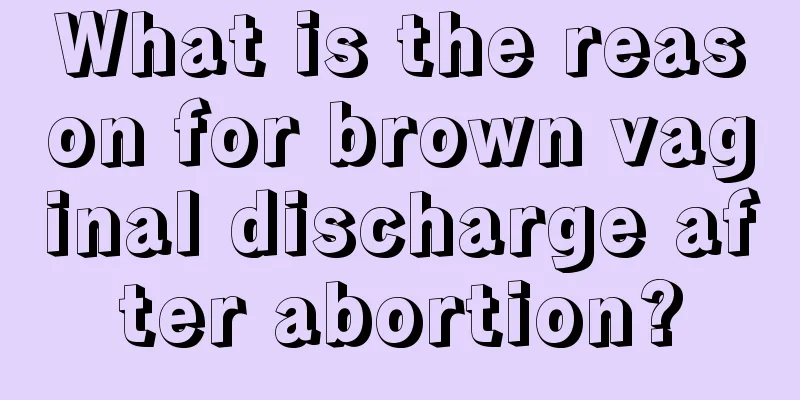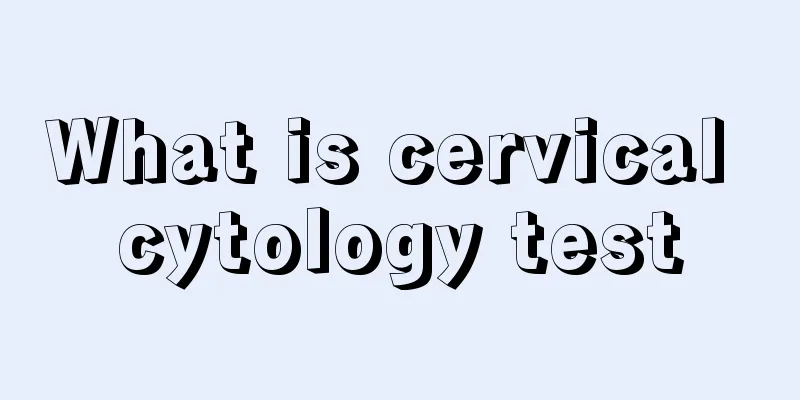How low should blood pressure and blood sugar be controlled?

|
Hypertension and diabetes are the two most common chronic diseases in my country, and their prevalence has been on the rise, but the disease control rate is still at a low level, with the control rate for hypertension patients being about 16.8%[1] and the control rate for diabetes patients being about 49.2%[2]. There are still quite a few patients who do not pay attention to their diseases or are not clear about the disease control goals. Currently, patients can measure their blood pressure and blood sugar daily at home to assess disease control without having to frequently go to the hospital to monitor disease changes. Therefore, in daily monitoring, it is necessary to know your blood pressure and blood sugar control targets, which is very helpful in controlling disease progression and the occurrence of complications. So do you know what your blood pressure and blood sugar should be controlled at?
Normally, the blood pressure control target for patients with hypertension is below 140/90 mmHg. However, blood pressure control for different populations should follow the principle of individualization. Considering safety and benefits, some patients can appropriately relax the target, but some patients need strict blood pressure control targets. (1) For patients with the following conditions, the blood pressure control target can be relaxed to below 150/90 mmHg: For the elderly aged 65 to 79, blood pressure should first be reduced to <150/90mmHg; if tolerated, it can be further reduced to <140/90mmHg. For the elderly aged ≥80, blood pressure should be reduced to <150/90mmHg. The treatment target for hypertension during pregnancy is below 150/100mmHg, but lowering blood pressure to below 130/80mmHg should be avoided to avoid affecting placental blood perfusion. (2) For patients with the following conditions, the blood pressure control target is below 140/90 mmHg: The blood pressure control target for patients with coronary heart disease is <140/90mmHg. As the blood pressure reduction target for hypertensive patients with coronary heart disease, it can be further reduced to <130/80mmHg if tolerated. It should be noted that diastolic blood pressure should not drop below 60mmHg. For elderly patients with severe coronary artery stenosis, blood pressure should not be too low. For hypertensive patients with chronic kidney disease, if albuminuria is less than 30 mg/d, the target of antihypertensive treatment is less than 140/90 mmHg. If albuminuria is greater than 30 mg/d, the blood pressure control target is more stringent accordingly. The blood pressure of patients with hypertension and lower limb arterial disease (lower limb arteriosclerosis, stenosis and occlusion) should be controlled at <140/90mmHg. (3) For patients with the following conditions, the blood pressure control target is more stringent and should be below 130/80 mmHg: For patients with hypertension and heart failure, the recommended blood pressure target is <130/80mmHg. For patients with hypertension and left ventricular hypertrophy but without heart failure, blood pressure can be lowered to <140/90mmHg first. If the patient can tolerate it well, it can be further lowered to <130/80mmHg, which is helpful to prevent heart failure. For hypertensive patients with chronic kidney disease, the blood pressure control target is <130/80 mmHg when albuminuria is 30-300 mg/d or higher. The blood pressure target can be appropriately relaxed for patients over 60 years old. The blood pressure target for hypertensive patients with diabetes is 130/80 mmHg. For the elderly or patients with severe coronary heart disease, a more relaxed blood pressure target of 140/90 mmHg should be adopted.
Blood sugar control target: Glycated hemoglobin (HbA1c) <7%; fasting blood sugar 4.4-7.0mmol/L; 2-hour postprandial blood sugar or non-fasting blood sugar <10.0mmol/L. Patients with type 2 diabetes who are younger, have a shorter course of disease, have a longer life expectancy, are free of complications, and have no cardiovascular disease can adopt a stricter HbA1C control target without hypoglycemia or other adverse reactions ( |
<<: How to sober up? How to use Fengdu tablets
>>: What is the difference between iodized and non-iodized salt? What kind of salt is good to buy?
Recommend
How long does it take to get your period after a caesarean section?
How long does it take for menstruation to come af...
Are condoms without sperm storage more comfortable?
Generally, condoms are designed with sperm vesicl...
What to do about women's hair loss
During the metabolism process, we will experience...
Patients with kidney disease are prone to this complication in autumn and winter, so be careful!
Kidney disease patients have toxin accumulation a...
How long does it take for the lochia to be clean after medical abortion?
As we all know, postpartum lochia is the process ...
Is it difficult to get pregnant if you have an acidic body type?
Recently, I often hear people say that it is not ...
How many months of pregnancy is it best to check for hemolysis
If you are not pregnant or working in the medical...
If your stomach is growling, it may not be because you are hungry. Be careful of these 4 situations!
In movies, TV shows or literary works, the rumbli...
Massage techniques to clear breast nodules
In recent years, female breast diseases have show...
Which type of chrysanthemum is the best for chrysanthemum tea? What are the effects and functions of chrysanthemum tea?
Chrysanthemum tea can be consumed regardless of s...
How much is Lay's 2020 New Year's Year of the Rat blind box and where to buy it? How to get the 2020 Lay's New Year's Year of the Rat blind box
We all know that blind boxes are a popular game t...
What causes lettuce to turn red? Lettuce growing conditions
Lettuce is one of the most common vegetables in o...
How is Zhuge Liang described in Romance of the Three Kingdoms? What are Zhou Yu's personality traits in Romance of the Three Kingdoms?
The Romance of the Three Kingdoms is the first ch...
Can I use a facial mask when I have my period?
When a woman is about to have her period, the hor...









